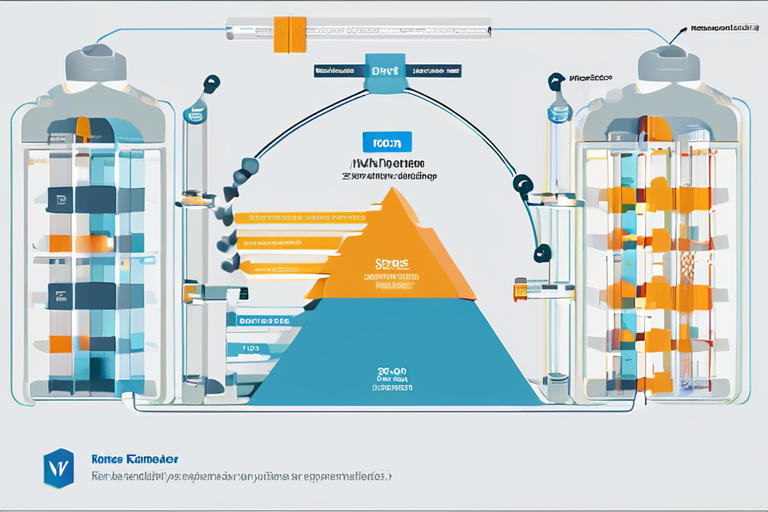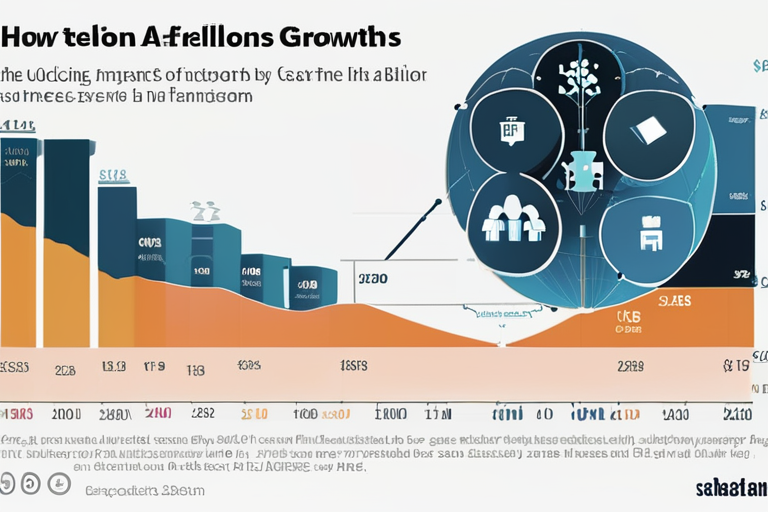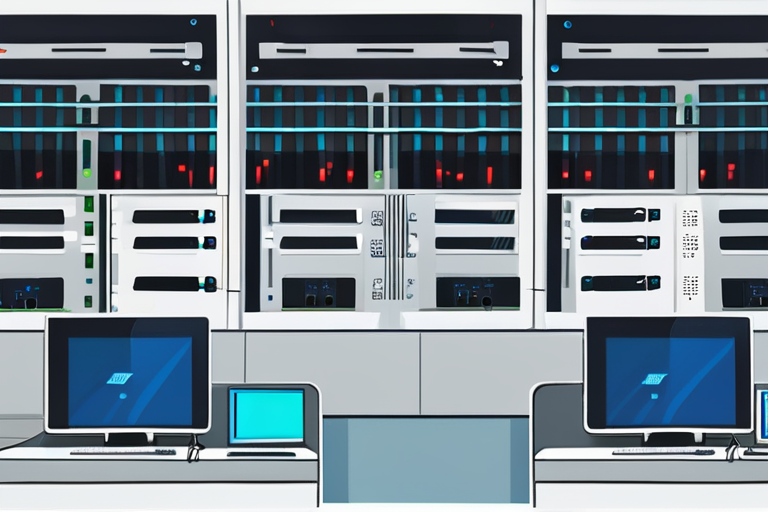VMware's Licensing Changes Spark Cloud Migration Surge
In a significant shift in the enterprise IT landscape, VMware's recent licensing changes have created uncertainty around the platform's future, prompting a surge in cloud migrations. According to a recent survey, 89% of organizations have already adopted at least some cloud-native techniques, with a notable increase in companies reporting nearly all development and deployment as cloud-native, growing from 20% in 2023 to 24% in 2024.
The financial implications of this trend are substantial. A report by market research firm IDC estimates that cloud providers have become top strategic partners for generative AI initiatives, with enterprises facing compute demands that are difficult, if not prohibitively expensive, to meet using traditional on-premises infrastructure. The cost savings from cloud migrations are substantial, with a study by Forrester estimating that companies can reduce their IT costs by up to 30% by moving to the cloud.
The market context for this shift is clear. The accelerating pace of cloud-native innovation, coupled with the increasing adoption of generative AI, has created a perfect storm of demand for cloud infrastructure. According to a report by the Cloud Native Computing Foundation (CNCF), 89% of organizations have already adopted at least some cloud-native techniques, with a notable increase in companies reporting nearly all development and deployment as cloud-native.
VMware, a leading provider of virtualization and cloud infrastructure solutions, has been a major player in the enterprise IT landscape for decades. However, the company's recent licensing changes have created uncertainty around its future, prompting a surge in cloud migrations. As a result, VMware is facing increased competition from cloud-native providers such as Amazon Web Services (AWS), Microsoft Azure, and Google Cloud Platform (GCP).
Looking ahead, the future of cloud migration and cloud-native innovation is bright. With the increasing adoption of generative AI and the accelerating pace of cloud-native innovation, enterprises are facing unprecedented opportunities to innovate and reduce costs. However, this shift also presents significant challenges, including the need for enterprises to develop new skills and adapt to changing market conditions.
To navigate this complex landscape, enterprises are turning to agentic AI, a type of artificial intelligence that enables organizations to automate complex workflows and make data-driven decisions. By leveraging agentic AI, enterprises can improve their VMware migration workflows, reducing costs and increasing efficiency. With the right tools and strategies in place, enterprises can thrive in an AI-first future and stay ahead of the competition.
In conclusion, the recent licensing changes at VMware have created a perfect storm of demand for cloud infrastructure, prompting a surge in cloud migrations and cloud-native innovation. As enterprises navigate this complex landscape, they are turning to agentic AI to improve their workflows and stay ahead of the competition. With the right tools and strategies in place, enterprises can thrive in an AI-first future and unlock new opportunities for growth and innovation.


























Share & Engage Share
Share this article